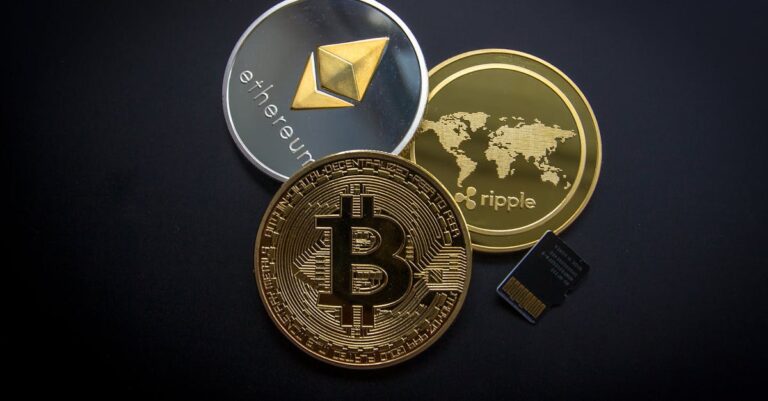Are Crypto Oracles the Key to Revolutionizing the Financial World? Find Out How Delphi is Transforming into DeFi!
Deciphering the Critical Role of Crypto Oracles in Disrupting Finance
The conception of oracles traces back to the wisdom-givers of ancient times, such as the esteemed Delphic Oracle, a vessel for Apollo’s foresight. Today’s blockchain mirrors this concept through crypto oracles, critical cogs within the mechanism of decentralized finance (DeFi). Unlike the mystical mediums of the past, today’s oracles are technological conduits that provide and verify external data for smart contracts.
Recognized as pivotal to DeFi’s operations, oracles offer a gateway for real-world information to enter the blockchain realm. As the majority stakeholder in this arena, Chainlink currently dominates, holding a significant portion of the market. This concentration, however, highlights the potential vulnerability—a singular point of failure could pose systemic risks.
Challenging existing norms, emerging DeFi protocols are constructing new frameworks that don’t rely on oracles. This article endeavors to elucidate the intricate workings of crypto oracles, explore their alternatives, and discuss the overall impact on peer-to-peer lending, all with an eye towards informing policymakers on the juxtaposition of consumer protection and fostering innovation.
Demystifying Crypto Oracles

In essence, crypto oracles serve as a bridge that carries external data into the blockchain so that smart contracts—a set of automated, self-executing digital agreements—can interact with the external world. The precision of oracles is paramount, as inaccuracies can cause discrepancies and undermine the blockchain’s integrity.
Data Timeliness and Precision
Data i ngestion through oracles is multifaceted:
- Real-time feeds cater to dynamic data like market prices.
- Scheduled updates suffice for stable information needs.
- Event-driven or manual updates address specific or judgment-requiring circumstances.
This structure ensures a consistent and transparent record, enabling nodes to reach consensus and smart contracts to operate with the latest data inputs.
Oracles as Catalysts for Blockchain Innovation

Unlocking new avenues for innovation, oracles facilitate numerous applications:
- Creating advanced financial tools like derivatives linked to physical assets or drought-responsive insurance.
- Safekeeping identities digitally, maximizing both security and accessibility.
- Tracking goods across supply chains with verifiable precision.
- Enabling compliant operations within regulated sectors.
- Integrating data from IoT devices to streamline urban development and resource management.
These examples underscore how oracles expand blockchain’s reach, sewing the seeds for unprecedented applications.
Concerns with Oracle-Dependent Protocols

While oracles have bolstered DeFi’s capabilities, they are not without limitations. Reliant protocols suffer from a restricted choice of collateral and susceptibility to manipulated pricing via oracle attacks, in which attackers induce false price spikes to exploit the system. These attacks are escalating, with millions lost annually.
Peer-to-Peer Lending Protocols
Notably, the recent evolution has seen the rise of oracle-independent peer-to-peer lending protocols. These platforms allow users to set their own loan conditions, expanding the range of collateral accepted and shifting repayment risks to individual lenders.
However, this model necessitates active management of loans, reintroducing oracle risks indirectly should external price references be used to guide decision-making.
Peer-to-Peer Lending: A Comparative Analysis
Traditional peer-to-peer lending platforms sport both pros and cons:
- Potential cost savings and higher yields.
- Users face default risks and illiquidity.
In contrast, crypto lending leverages the blockchain for added advantages:
- Broad selection of collateral, including digital assets like NFTs, as seen on platforms like BLUR.
- Immediate loan access without credit checks, but exposure to volatility.
- Conversion to fiat remains challenging, and the industry’s autonomy can be a double-edged sword for the unaware.
Guidance for Policymakers
As the DeFi niche evolves, it presents new considerations for U.S. policymakers:
- Encouraging a diversified and transparent oracle market.
- Recognizing the potential of DeFi to fill gaps left by conventional finance, possibly boosting economic activities.
- Prioritizing consumer education to balance the trade-off between DeFi’s accessibility and the absence of traditional safety nets.
Ultimately, navigating the complexities of peer-to-peer and crypto lending within a constantly innovating landscape necessitates an informed, proactive regulatory perspective.







